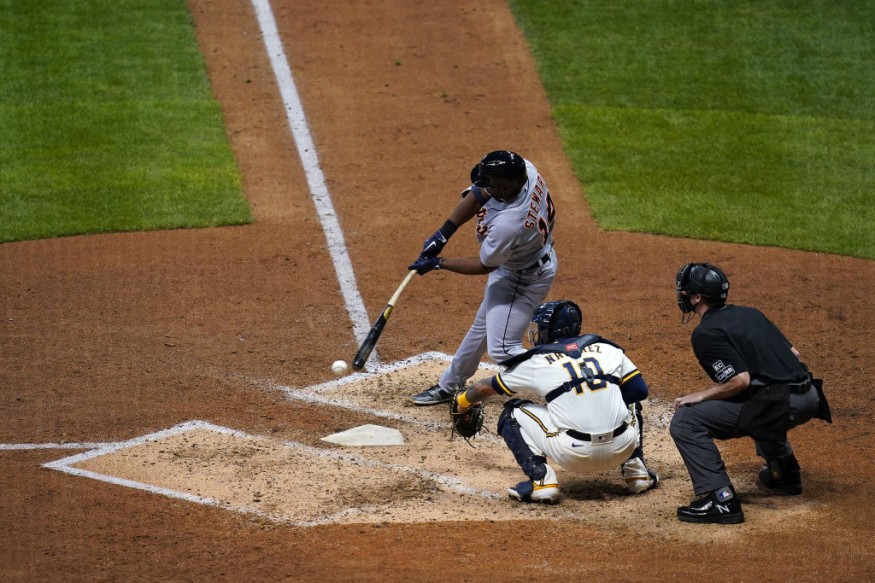According to a new study from the University of Colorado Anschutz Medical Campus, a small part of the cerebellum plays an integral role in making split-second "go or no go" decisions.
"We wanted to know how this kind of decision making takes place," said Diego Restrepo, Ph.D., senior author of the study and a Cell and Developmental Biology professor at the UC School of Medicine. Restrepo cited swinging or not swinging at a fastball in baseball as an example in the CA Anschutz press release.

The results of their study were published in the journal Nature Communications on Tuesday, September 1.
Observing Molecular Layer Interneurons (MILs)
To understand this split-second decision-making mechanic, Restrepo's team used mice in the experiment. They observed the brain activities of the rodents in the study through the use of a multiphoton microscope.
They designed a go-no-go activity with water-deprived mice, starting the trial by licking the spout. This elicits the delivery of an odorant some 1 to 1.5 secs after they lick, receiving a sugar-water reward when the mouse licks at least once in two segments during rewarded odorant delivery. The mice then avoided the reward when they failed to lick in during the delivery of unscented mineral oil.
During the experiment, the researchers focused on the molecular layer interneurons (MLIs) in the mice's cerebellum. At first, there was no significant difference between the scented and the unscented oil scenarios. Over time, the mice picked up on the setup, and the scented oil elicited a large increase in the MLI calcium response of the mice.
As noted in the study, it is generally understood that the cerebellum plays a vital role in sensorimotor and associative learning. However, the part of the MLI in these processes is not yet well understood.
RELATED: Children With Coronavirus Are Found to Suffer Neurological Symptoms As Well
When the researchers reversed the stimuli, the MLI also switched its response to the scents. The researchers later intervened, introducing chemogenetic agents that inhibit MLI activity in the rodent brains. The test subjects became less effective with their split-second decision making.
The Role of the Cerebellum in Decision-Making
"Our data indicate that the MLIs have a role in learning valence," Restrepo explained, noting that these interneurons play a role in determining whether something is good or not for an individual.
The recent study from the University of Colorado, Anschutz Medical Campus, offers additional insight on the purpose and function of the cerebellum. This "little brain" has long been associated with movement, receiving sensory information from the other parts of the nervous system, and regulates motor movements. However, the cerebellum also plays a role in learning, cognition, emotion, and is even involved with non-motor conditions, including autism spectrum disorders.
Restrepo notes that learning also involves the cerebellum, as evidenced in the study. "The cerebellum may also be the place where quick choice arises." In the study, it was demonstrated that the cerebellum is involved in the regulation and coordination of motion and decision making, or the go - no go response.
"We found an entire subset of brain cells that change after learning," Restrepo added.
Check out more news info about Neurobiology only on Science Times.











